Cubic tailors mortar simulator for the US Army
The company’s mortar trainer received improvements based on soldier’s feedback.
The tool can be used in medical and combat simulations. (Photo: US Army)
The need to have healthcare professionals prepared for deployment in battlefield conditions has been pushing the US Army towards investing in virtual reality (VR) tools. The branch has been working with the USC Institute for Creative Technologies (ICT) to develop a medical VR solution to train combat medics in gunshot and blast trauma surgical techniques.
Named OPUS-C: The Battle Trauma Engine (OPUS-C BTE), the system applies real-world data and reports from the medical literature to simulate casualties. It has been designed to realistically replicate behaviours for firearms and explosives, as well as behind protective armour traumas.
The solution can be used in
Already have an account? Log in
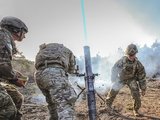
The company’s mortar trainer received improvements based on soldier’s feedback.
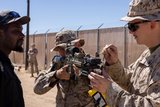
The company will operate in two new locations in the coming years to better support US services.

This type of tool provides more realistic training easing the incorporation of new scenarios that accurately represent the threats of the battlefield.
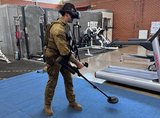
The Engineering Corps has been conducting individual instruction using FLAIM Systems’ Sweeper and should start collective deployments in 2025.
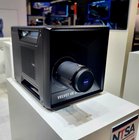
The next-generation platform is motion-compatible and can be used in OTW and NVG applications.
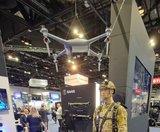
The system can be used to prepare soldiers for both drone offensive operations and CUAS missions.